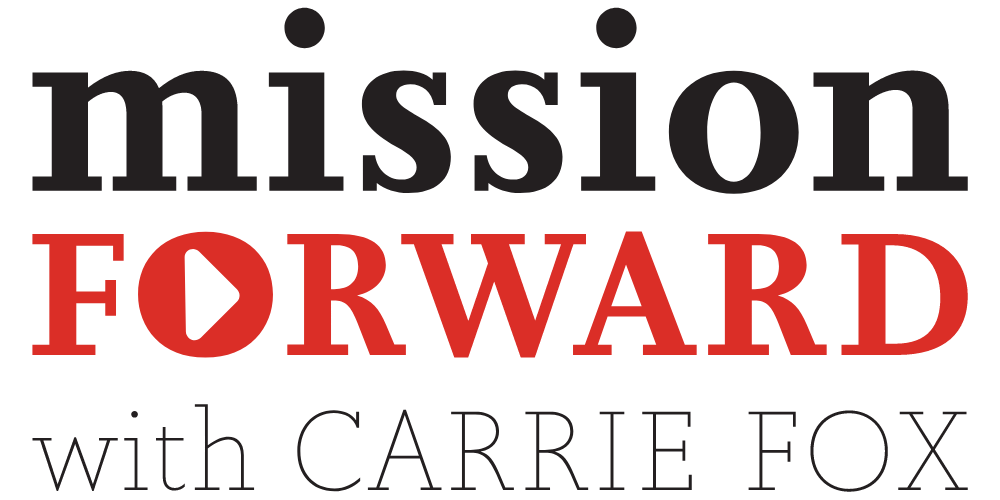When You Say Nothing At All.
This article is part of Finding the Words, a newsletter that delivers practical insights on the day’s issues.
There’s a country song written by Paul Overstreet and Don Schlitz that goes, "You say it best…when you say nothing at all."
Ah, if only it were that simple.
These days, saying nothing at all—particularly in moments of crisis or injustice—can backfire on an organization quickly. Rather than saying nothing at all, leaders are told to practice “saying something when we see something.”
The challenge in saying something, of course, is what to say when the complexity of questions from your team, your Board, or your consumers is mounting. What if your words make the situation worse? What if you caught up in the moment and unintentionally say something you regret? What if your words don’t land as intended? The sting of these moments often stick with us, making it more likely that even if we spoke out this time, “next time, we’ll stay quiet.”
So then, what to do? Say nothing and face the consequences, or say something and potentially worsen a situation?
Consider a third option: practice brave speak every day, not just when your work is under fire, or the spotlight is on you. I guarantee that finding the words in the most challenging moments will begin to come more naturally.
Building the skills that brave speak requires is hard, but I know one thing for sure. As leaders, we learn to be brave just as we learn most things: through practice.
If you’re committed to doing the very best you can, with whatever circumstances you’re given, then remaining silent on issues of injustice, particularly when they have a direct connection to your community, is the worst you can do.
So, start your practice here: When it comes to finding your words in a moment of crisis or injustice, rationale matters. Before saying nothing at all, or rushing to say something that could backfire, consider context, content, and care.
Context: A public response on any issue must have a supporting rationale. Does this situation pose a threat to your vision or community? Does it have a direct effect on your mission? If you can answer YES, then consider advancing a formal public statement, rather than staying silent on the issue.
Content: What we say in moments of crisis matters. Does your organization have something new or essential to add to this conversation? In other words, would your organization be viewed as adding perspective to the situation, or adding noise? There’s a difference, and knowing what you need to say will help you determine if you should say it publicly or to a closer-in group of colleagues or community members.
Care: If the issue at hand matters deeply to your community, then it should matter to you. Acknowledge issues authentically with your community’s best interests in mind. This won’t always require that you or your organization address a situation publicly. Sometimes, your brave speak will be most effective through personal conversations and check-ins with staff or key stakeholders. Acknowledging situations and practicing care for your community is a guaranteed way to practice brave speak.
As I’ve written about many times in this column, it’s not just WHAT we say; it’s HOW and WHEN we say it. Facial expressions, gestures, eye contact, posture, and tone of voice matter in brave speak. Taken together, we communicate more than our words convey. Practice writing your public statements and then allowing yourself to hear the words. You’ll know quickly if your message is authentic, relevant, and additive to the issue or if it feels performative, and therefore not authentic at all.
Bottom line: Rather than saying nothing at all or rushing to say the first thing that feels right, focus your energy on being genuine in your words and approach. Listen carefully. Acknowledge issues. And commit to bravely speaking in service of your community rather than running away from the moments that may ultimately shape you most as a leader.
This post is part of the Finding The Words column, a series published every Wednesday that delivers a dose of communication insights direct to your inbox. If you like what you read, we hope you’ll subscribe to ensure you receive this each week.







I know the feeling of wanting more from a colleague—and the feeling of personally underdelivering. Even when I’ve given something my all, sometimes the results are less than I hoped. Those moments can be defeating, and they can knock us off course. If they happen too often, they’re a certain recipe for job transition. So, I’ve come to navigate these requests differently in recent years.